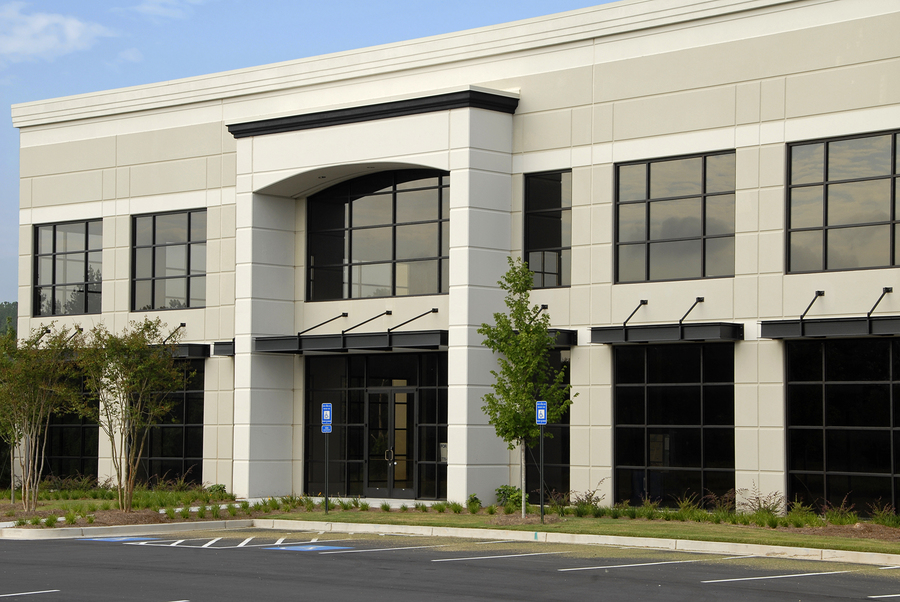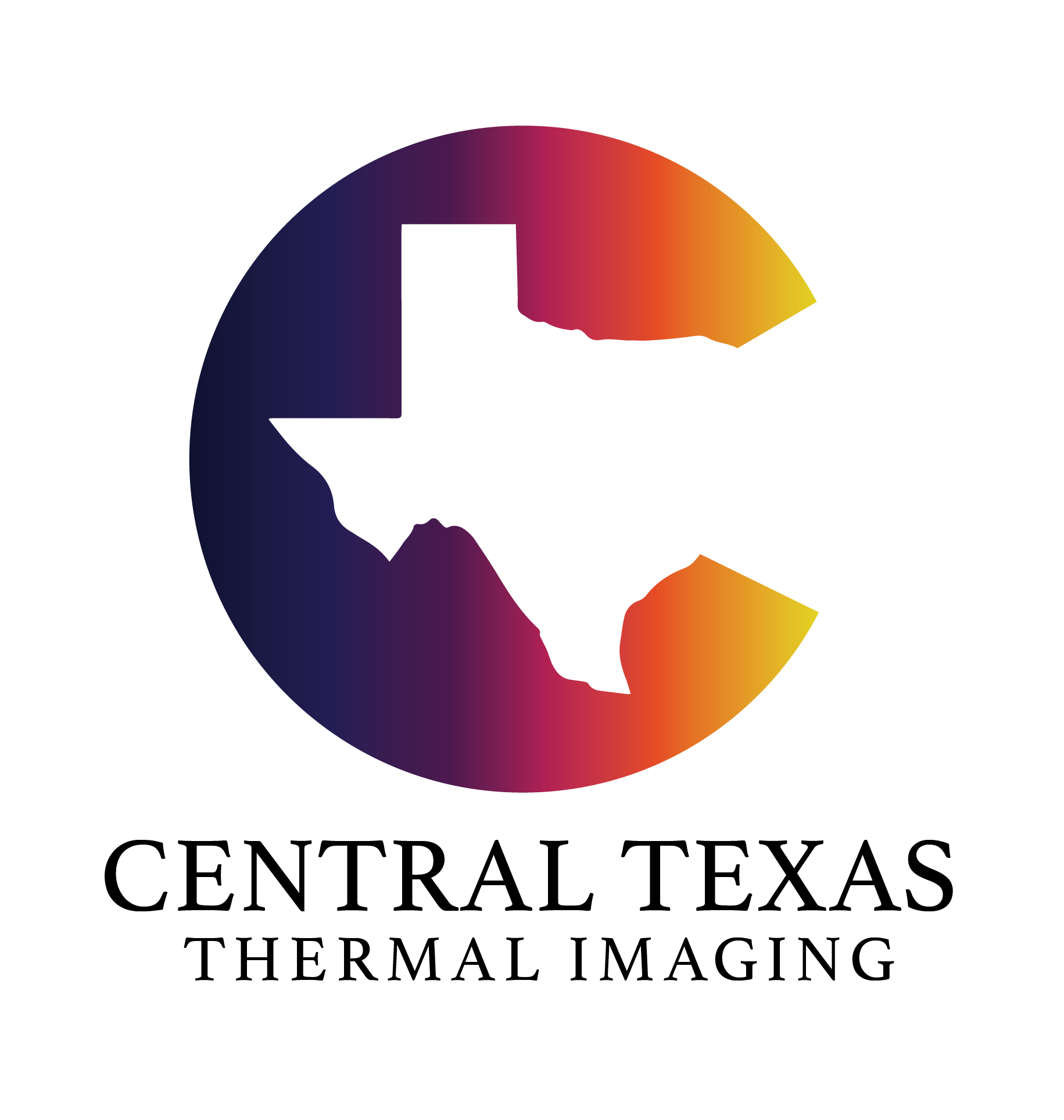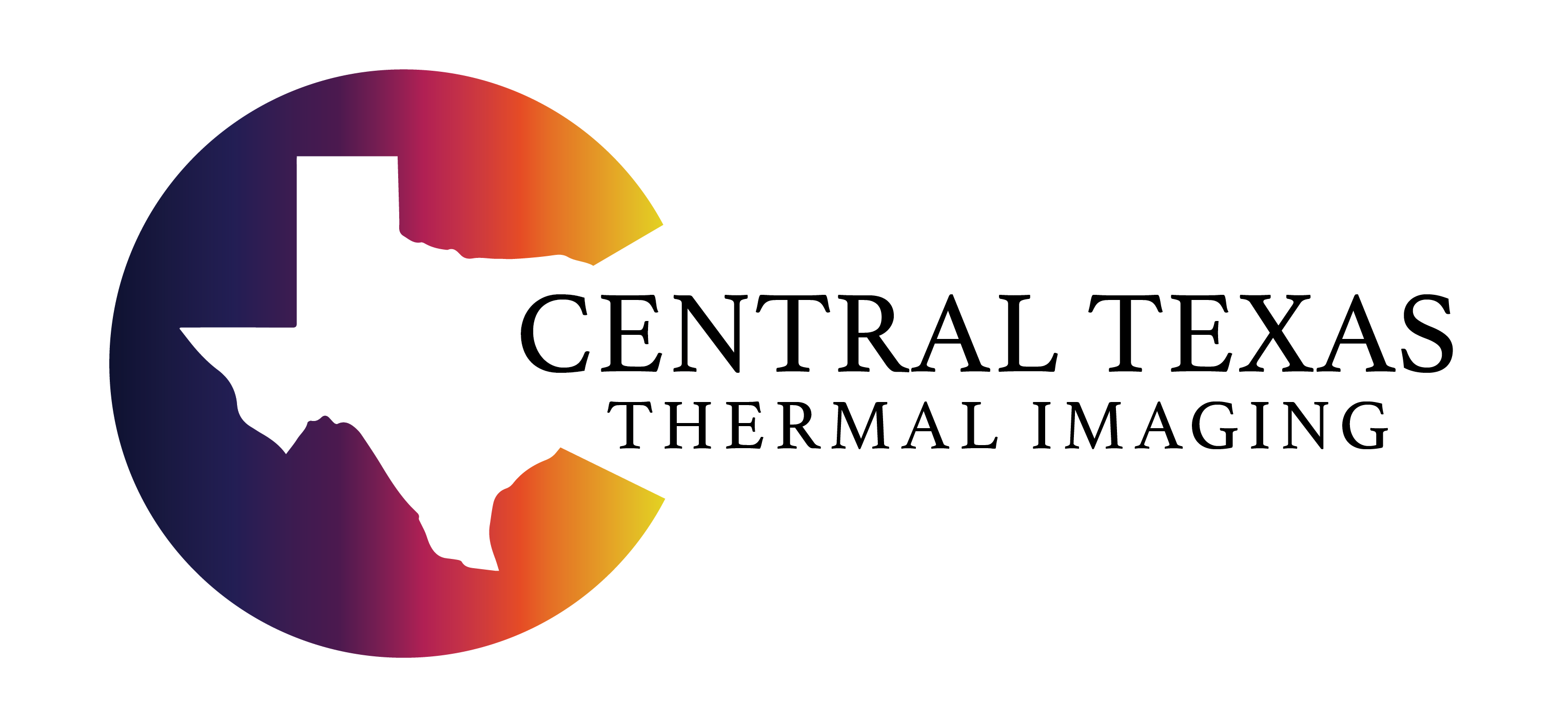Tip written by: Infraspection Institute
 A common question among thermographers who perform infrared inspections of buildings is, “What emissivity setting should I use?” While this might seem like a straightforward question, the answer is not that simple.
A common question among thermographers who perform infrared inspections of buildings is, “What emissivity setting should I use?” While this might seem like a straightforward question, the answer is not that simple.
Recent years have seen a dramatic increase in the use of thermography as a building diagnostics tool. While many applications are qualitative, there are occasions when quantifying temperature can be useful. In order to accurately perform non-contact temperature measurements, one must input the correct emittance value into a radiometer’s computer.
While many equate emissivity to values published in emittance tables, emissivity is a dynamic characteristic that is influenced by several factors. These include: wavelength, object temperature, viewing angle, target shape, and surface condition. Each of these factors can vary between projects or during a given inspection.
Further compounding the challenge is the fact that not all imagers are created equal. Imagers lacking corrective inputs for atmospheric attenuation and/or reflected temperature often require an exaggerated emittance value be utilized.
When performing an infrared inspection of buildings, keep the following in mind:
- For qualitative inspections performed with an imaging radiometer, leave the imager’s E control set to 1.0. If possible, turn off all temperature measurement tools.
- In general, dielectric materials will have a relatively high emittance; shiny surfaces and glass will be quite reflective.
- Viewing angle and reflected temperature can greatly influence the effective emittance of a material. In particular, smooth-surface roof membranes and building sidewalls can be quite reflective when imaged at low viewing angles often associated with ground-based inspections.
Lastly, emittance values obtained from published tables can introduce significant temperature measurement errors. Whenever possible, one should calculate emittance values with the subject imager and cross verify observed temperatures with contact thermometry.


